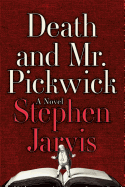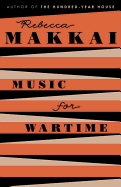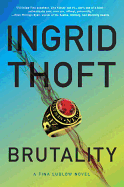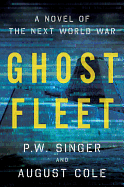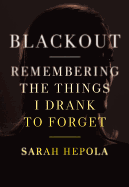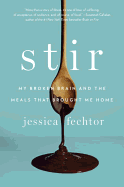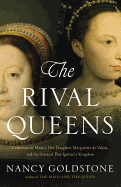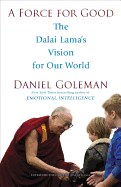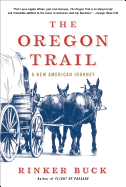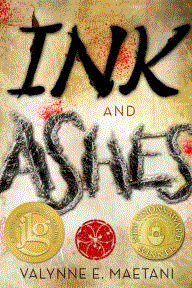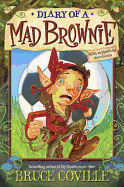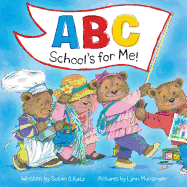 |
| photo: Jimmy Fontaine |
Will Chancellor (@WillChancellor) grew up in Hawaii and Texas and now lives in New York. A Brave Man Seven Storeys Tall (Harper Perennial, $15.99) is his first novel. Here he writes about the research for his book, which involved, among other things, a two-month solo traverse of Iceland and playing water polo.
I might not have become a writer had a 6'8" water polo player not said something outlandish my first day of college. I was in a conference room with a table full of nervous freshmen when our professor put up a slide of a Poseidon statue and asked us what we thought of it. Everyone was quiet. Then this giant raises his hand and says, "I don't think it's that accurate." The professor thinks that's an odd comment, considering it's a statue of a Greek god, and presses him, "What do you mean accurate?" Without missing a beat, the water polo player responds, "I always thought Poseidon would look like me."
Hmph.
I had to figure out the psychological makeup of someone who would say that. Who are his parents? What's his worldview? What's his notion of subjectivity? Looking back on it, I might have just struck up a conversation and asked him in so many words, "What the hell, man?" And he was a nice guy. I'm sure he would have humored me. Instead, I approached his bizarre comment as if it were a logic puzzle. First, I read widely about different cultural conceptions of bravery and hubris--in the moment, his comment struck me as an odd synthesis of the two. After failing to find any bright parallel in research, I thought I might understand the character better by fictionalizing him. That wasn't working out particularly well, and I changed tack, thinking that if I did what I was writing about, I would better understand it.
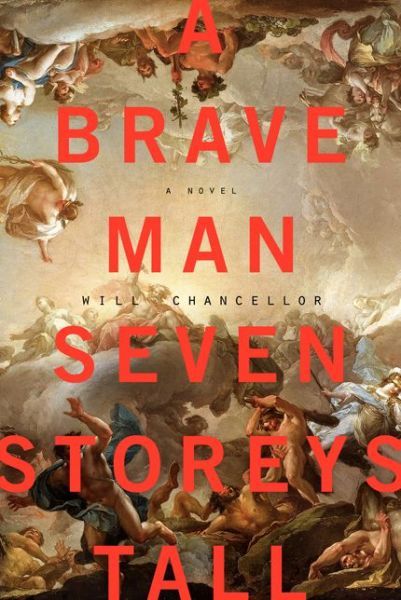 To that end, I played two seasons of water polo. I had a handful of friends in college who played polo, and they taught me the fundamentals. I made the team at the college where I was doing post-grad work and ended up playing the same position as Owen, the protagonist of my nascent novel. At the time, the book was clearly focused on the world of chlorine-bleached Southern Californians, how their hopes get dashed or get realized, in which case they end up even more warped. That focus would soon change. And, I'd argue, Owen would cease to be the titular Brave Man.
To that end, I played two seasons of water polo. I had a handful of friends in college who played polo, and they taught me the fundamentals. I made the team at the college where I was doing post-grad work and ended up playing the same position as Owen, the protagonist of my nascent novel. At the time, the book was clearly focused on the world of chlorine-bleached Southern Californians, how their hopes get dashed or get realized, in which case they end up even more warped. That focus would soon change. And, I'd argue, Owen would cease to be the titular Brave Man.
I wondered most about his father. I had the intuition that his mother would be absent, as saying something that outlandish--failing to consider how your words will register--seems martial, and at odds with a strong maternal influence. I was also certain his father would be a classics professor, despite knowing nothing about classics myself and being the son of a golf pro. So, rather than continue studying what I was there to study, I took intensive Ancient Greek and translated parts of the Odyssey to better understand the classical world. After a few months of translation, I realized I was at the wellspring of the father/son story. And the book changed: the father was the real protagonist. Like me, he was baffled by the world of his son. Especially when his son veers into art.
Here I wanted to be sure to write about the art world from the point of view of artists rather than "insiders." I didn't want it to read like The $12 Million Stuffed Shark. I wanted to be harsh, but fair--to play with critiques rather than to spout them. Most of my friends in New York are visual artists or musicians who are quick to pounce on a layperson pontificating about art or on someone with a great deal of knowledge highlighting the absurdity of the art marketplace. Luckily, a conceptual artist and friend heard about what I was doing and pitched a collaboration. After a year of kicking around potential projects, we submitted a proposal to the New Museum and were selected for the 2011 Festival of Ideas for a New City.
The collaboration took about a year of research into materials and relevant artists (chiefly Fluxus artists). This culminated in a 14-foot conceptual sculpture called Past Fits and Future Pulls. The work was well received, I think. And I got to show alongside one of my favorite conceptual artists, Richard Long. Just before I submitted my final edit of Brave Man, I went to Basel for the art fair and fact-checked everything I had been writing about for 10 years. (Unfortunately, I also came very close to re-creating a physical confrontation with an artist at the bar of the Grande Hotel Le Trois Rois; we eventually cleared up the misunderstanding.)
The son in Brave Man, Owen Burr, enters the Berlin art world with naïve notions of both art and artists. As a direct result of his ignorance, the art world chews him up. I tried to be more prudent.
There are a lot of other examples of this book taking over my life, but the most striking, and nearly fatal, was my decision to traverse Iceland in 2009. I knew the story was always going to end there (the only antecedent I could find for a comment like the one I heard my freshman year of college is in the Sagas of Icelanders), and the research burden was too high to fake it. I tried twice and the results were horrid. So, after having written the climax of Brave Man four years prior in a New York coffee shop, I hiked across Iceland from the Snaefellsness Peninsula to Egilstaddir. Most of this was off-trail. I went weeks at a time without seeing anyone and had a few close scrapes when I deviated from the plan in favor of a shortcut. In the end, these two months of my life ended up being about two paragraphs of the book (the paperback, however, has a short photo essay in the PS Notes).
Over the 10 years it took me to write Brave Man, I re-enacted as much of the plot as I could. The result is a story in many ways opposite to my preconceived notions of classics, conceptual art, and Icelanders.
Will Chancellor: Extreme Research
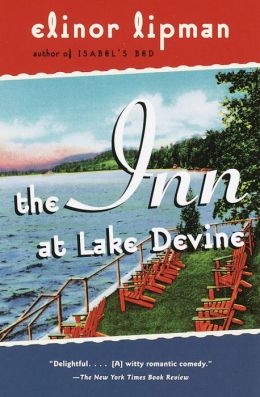




 To that end, I played two seasons of water polo. I had a handful of friends in college who played polo, and they taught me the fundamentals. I made the team at the college where I was doing post-grad work and ended up playing the same position as Owen, the protagonist of my nascent novel. At the time, the book was clearly focused on the world of chlorine-bleached Southern Californians, how their hopes get dashed or get realized, in which case they end up even more warped. That focus would soon change. And, I'd argue, Owen would cease to be the titular Brave Man.
To that end, I played two seasons of water polo. I had a handful of friends in college who played polo, and they taught me the fundamentals. I made the team at the college where I was doing post-grad work and ended up playing the same position as Owen, the protagonist of my nascent novel. At the time, the book was clearly focused on the world of chlorine-bleached Southern Californians, how their hopes get dashed or get realized, in which case they end up even more warped. That focus would soon change. And, I'd argue, Owen would cease to be the titular Brave Man.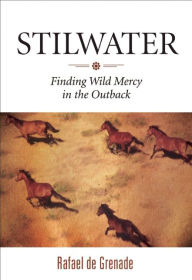 When Rafael de Grenade arrives at Stilwater Station, a remote cattle station along the Gulf of Carpentaria in Australia's Northern Territory, it has been abandoned for years. Its fences and facilities are in total disrepair and the thousands of cattle living on the station's property have gone all but feral. Stilwater's new owners, though, want it turned back into a profitable operation, and they've hired a new crew to round-up the stock and restore order.
When Rafael de Grenade arrives at Stilwater Station, a remote cattle station along the Gulf of Carpentaria in Australia's Northern Territory, it has been abandoned for years. Its fences and facilities are in total disrepair and the thousands of cattle living on the station's property have gone all but feral. Stilwater's new owners, though, want it turned back into a profitable operation, and they've hired a new crew to round-up the stock and restore order.
